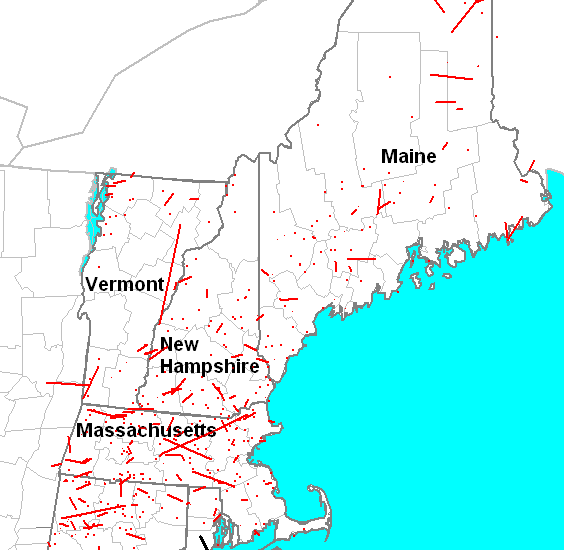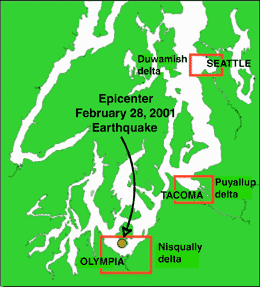Welcome to the site of New England’s Worst Tornado. As you stand here, imagine the skies darkening and an ominous funnel cloud descending upon this very spot. It was June 9, 1953, when the skies over Worcester, Massachusetts turned deadly. This catastrophic event carved its way into the history books as one of the most devastating tornadoes to hit the northeastern United States.
The storm began its path of destruction in Petersham, Massachusetts, and traveled over 46 miles through the state. Worcester, a bustling industrial city at the time, bore the brunt of its fury. With wind speeds estimated at over 260 miles per hour, the tornado ranked as an F4 on the Fujita scale, a measure used to classify tornadoes by their intensity.
The devastation was unprecedented. Over 90 people lost their lives, and thousands were injured. The tornado destroyed more than 4,000 buildings, leaving 10,000 people homeless. Streets were left unrecognizable, strewn with debris, toppled trees, and remnants of homes and businesses. It was a scene of chaos and despair.
In the aftermath, the community rallied together. Stories of heroism and resilience emerged, painting a picture of a community determined to rebuild. Volunteers from across the region came to aid in the recovery efforts. This disaster brought about significant changes in how tornado warnings and emergency responses were handled in the region.
Among the notable figures who played a role in the recovery was Congressman Harold Donohue, who was instrumental in securing federal aid for the city’s rebuilding efforts. His advocacy helped ensure that Worcester had the resources needed to recover and emerge stronger.
Over the years, Worcester has rebuilt itself, but the memory of the tornado is etched into its history. The city has taken steps to improve its infrastructure and emergency preparedness, ensuring that it is better equipped to handle such disasters in the future.
Today, the site serves as a stark reminder of nature’s power and the resilience of the human spirit. The lessons learned from this event have shaped disaster preparedness and response strategies not only in Worcester but across the nation.
As you reflect on the events of that fateful day, consider the legacy of the Worcester Tornado. It stands as a testament to the strength and unity of a community in the face of unimaginable adversity.






